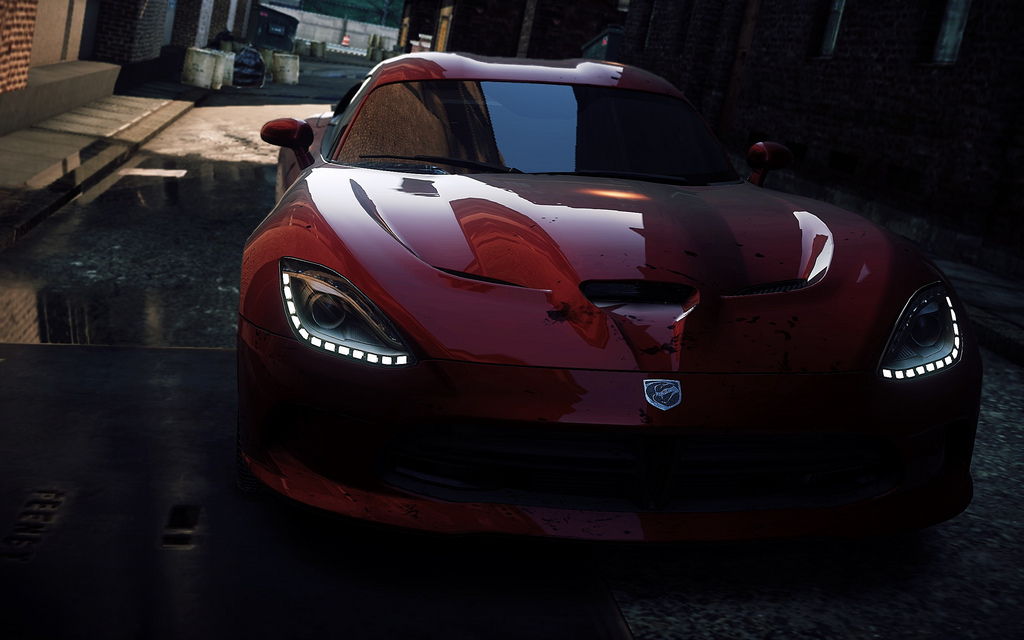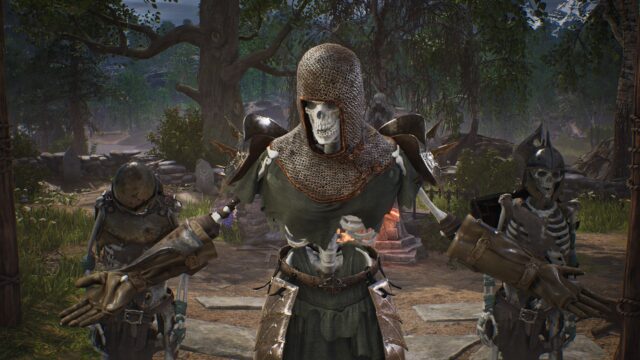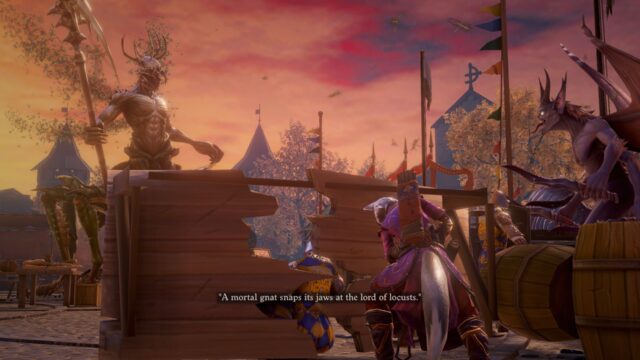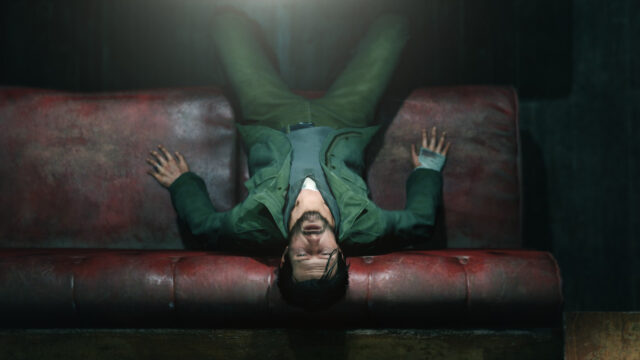Need for Speed Most Wanted (2012) Review
Don’t think that paradise awaits you here. The city where the Most Wanted races take place – Fairhaven – is dusty streets and an extremely unfriendly atmosphere. Industrial quarters stretch all the way to the waterfront docks and shipyards, and the city center is a chaotic jumble of concrete and construction scaffolding. The second coming of developers from Criterion Games into the world of Need for Speed may somewhat resemble the beloved racing arcade game Burnout Paradise with its fully open cities. But in the case of NFS, the developer company needs to adhere to the conditions of licensing agreements, so some (often minimal) restrictions on routes will still be present here. And the grandeur of Most Wanted (2012) will definitely be greater than that of the semi-punk series Burnout games.
If we try to compare the new Most Wanted with Hot Pursuit, we will see more differences than similarities. While in the 2010 game, all the energy of the racing car was focused solely on speed, the web of highways, avenues, and alleys of Fairhaven city shifts the focus slightly away from speed. As a result, we see a much more diverse game that no longer raises adrenaline to the highest degree. In Most Wanted, we once again become witnesses to the settling of scores between two top racers. But if in Hot Pursuit it was an uncompromising struggle between irreconcilable opponents (police – car thief) and their car brands, here everything will take place in a much more peaceful atmosphere.
However, this does not make Most Wanted any less interesting for us. Because from the first minutes of being in Fairhaven and wandering its corners, you are literally intoxicated by this city. Criterion has done a great job to ensure that players don’t get bored on the city streets: there are many inconspicuous gates hiding new routes; billboards tempt you to drive through them; and you can access the garage from more than one point on the map.
In short, the city is made in the best traditions of open-world games: you immediately fall in love with it. In Fairhaven, there is so much to do and explore that strictly sticking to one chosen path is almost impossible. Most likely, instead, you will start changing cars every ten minutes and randomly speeding through the city in joy. For the most part, all the cars in Most Wanted are available right from the start of the game, and there are no restrictions for friendly races. In other words, just a few minutes after starting Most Wanted, you can see for yourself what is faster: serial Porsches, vintage Lamborghinis, or real car exotics like the Marussia B2.

For many in this world, the main thing is to stand out, to make themselves heard as loudly as possible… But there is someone who doesn’t need to be loud to be heard. Bright, to attract attention. They don’t need words to make a statement about themselves. (c)
Driving these cars is a pleasure. Criterion has not changed its traditions in this regard. Performing drifts with them turns into a real art: balancing the weight of the car, you need to catch the moment when, with the help of inertia alone, the car slides sideways along the track and at the most crucial moment does not touch the road barrier with its rear end.
The process of taming this power hidden under the hood will also bring you a lot of pleasure. After all, you are dealing with primitive beasts, roaring and ready to rush into battle at any moment, raising a cloud of dust behind them. And try not to accept the challenge thrown to you on a cold dark night by a stranger in a Lamborghini Aventador: you will immediately be considered weak, and there is no place for weaklings in the pack.
One of the few similarities with the game of the same name from 2005, Most Wanted (2012) offers the possibility of fully customizing the car to your own taste. When you see the cars for the first time, they will appear before you in their pristine, untouched form. But as soon as the first successful races begin, you will unlock nitrous acceleration, gearbox upgrades, new tires, and much more. As strange as it may sound, there is even a certain connection between the new game and Call of Duty: just like in the cult shooter, here each set of components is best suited for a specific race.
You can choose the appropriate game mode using the D key on the keyboard – this is how the smart EasyDrive mode is implemented in Most Wanted (2012). This is an analogue of a similar function from Burnout Paradise, which allows you to access game settings without interrupting the gameplay. While the road stretches into the distance before your eyes, you can choose a suitable race, join a game with friends (yes, there is multiplayer), or change your car. Of course, it is most convenient to use this option when you are not participating in any competitions and are simply aimlessly driving around the city in search of adventures.
And the races in the game, being developed by Criterion, are another crazy adventure full of adrenaline. These are lightning-fast races, during which sparks fly from under the car wheels with the same frequency and intensity as from a blast furnace in a steel mill. But behind all this furious screeching of iron against asphalt with subsequent special effects, it is the struggle that lies at the heart of all the races in the Burnout series and has evolved in Hot Pursuit (where you could play as both a cop and a car thief), but here it looks a little different.

And there are several reasons for this. Firstly, the game simply took away the slow-motion replay camera during overtakes, which had been a trademark of Criterion for so long. In addition, without the iconic Hot Pursuit feature of being able to switch between the police and the racers (remember that in Most Wanted you are always the lawbreaker and never the law enforcer), you now have to come up with clever tricks much less often. And the game modes that can be selected while driving around the city seem like a rather weak consolation in comparison.
Fairhaven is far from being as rich in race types as Paradise in Burnout, and they are not as diverse as in Seacrest County from Hot Pursuit. Here, there are only four types of offline races available, and one car can participate in no more than five races. This is fine if your goal is to thoroughly explore the depths of the Most Wanted garage. But it can be a bit disappointing if you prefer consistency.
However, there is one feature that runs through the entire single-player mode of Most Wanted, which is unique to this game. In the city of Fairhaven, you will find ten cars that will unlock if you manage to defeat them in a race. Each race is only unlocked after you have earned the required amount of Speed Points – the in-game currency that can be earned with a certain amount of perseverance.
Most Wanted (2012) is also distinguished by its strong social aspect. Autolog returns – arguably the key factor that brings players together – and now it covers much more than just the territory of Fairhaven. Success is no longer measured in seconds: in Most Wanted, you will earn points for taking down police posts and smashing billboards, and every centimeter of the track will give you new opportunities and present new challenges.

Despite its unattractive appearance, Fairhaven is an excellent venue.for conducting competitive car racesAnd the special charm on its streets is gained by multiplayer races. The variety and originality that are somewhat lacking in single-player races in Most Wanted have found their place in the wild multiplayer, where eight participants race through the city, each pursuing their own goal.
You can drive on the drift track among the city warehouses for as long as you like (until your opponent rudely interrupts you), team up with someone to achieve the highest results in head-on “Near Miss” races (where points are awarded for narrowly avoiding collisions with oncoming cars), or simply race in point-to-point races. Your results will be recorded in the Speed List, where every second will matter in order to surpass your friends.
These are the defining features of Most Wanted. Maybe you don’t identify yourself with your character as strongly as in other Criterion games. However, the spirit of competition, the thirst for discovery, and the simple pleasure of driving are present in it in large quantities. And even though this game falls a little short of perfection, we still like it as it is. And who, after all, sets the criteria for what perfection is?
Share
Discuss
More Reviews





